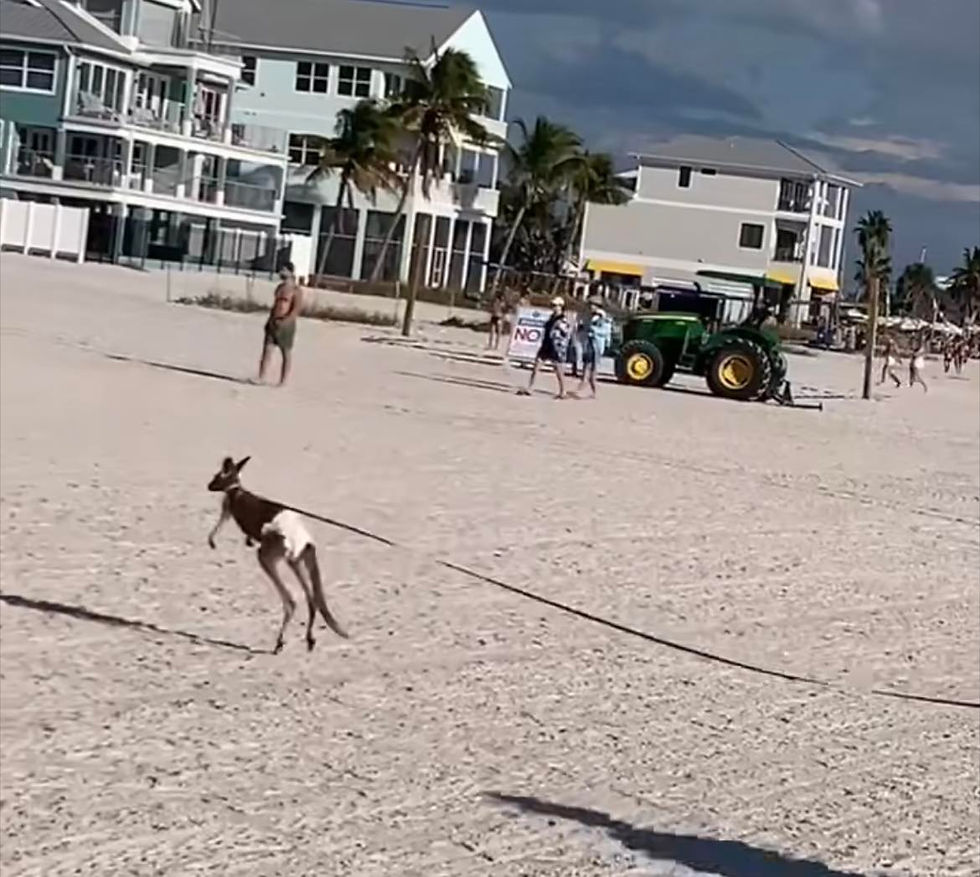When Storms Collide: Unraveling the Fascinating Fujiwhara Effect!
- T Michele Walker

- Sep 24
- 1 min read

Imagine two huge storms, just chilling near each other, suddenly realizing they’re not alone. Instead of minding their own business, they get all tangled up, kind of like two solo dancers on a dance floor who decide to merge. Next thing you know, they’re spinning around a common point in the sky—as if the weather’s got its own version of a dance floor.
Sometimes, these storms just fling each other off in wild directions. Other times, they get even closer until—bam—two become one. Meteorologists speculate that the current storms forming in the Atlantic might be pulled into the Fujiwhara Effect.

Shoutout to Sakuhei Fujiwhara, the Japanese meteorologist who clocked this whole thing way back in 1921. This guy knew his storms.
Usually, you need the storms to be, like, 600–800 miles apart for this cosmic storm shuffle to kick off. The bigger bully usually wins, pulling the smaller one into its orbit. But every once in a while, if both storms are equally beefy, they’ll merge into something even gnarlier. Superstorm mode: activated.
Why should you care? Well, apart from being a totally wild atmospheric spectacle, the Fujiwhara Effect makes forecasting an absolute nightmare. Tracks get weird, warnings get trickier, and people in the path of these super-sized storms have even more reason to keep one eye on the weather report.
Nature loves a good plot twist, and the Fujiwhara Effect is giving Floridians something to monitor during this 2025 hurricane season.
Stay tuned.



Comments